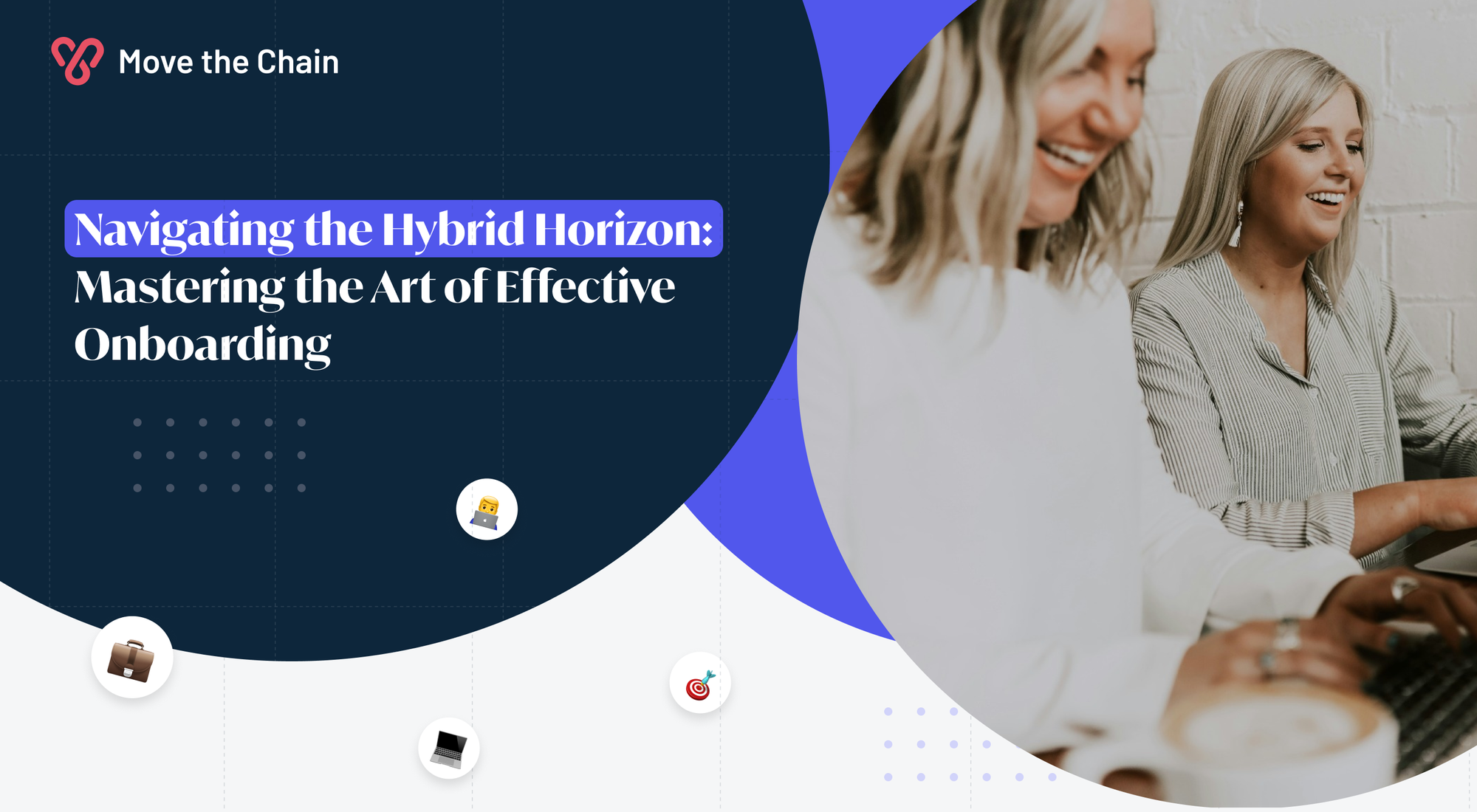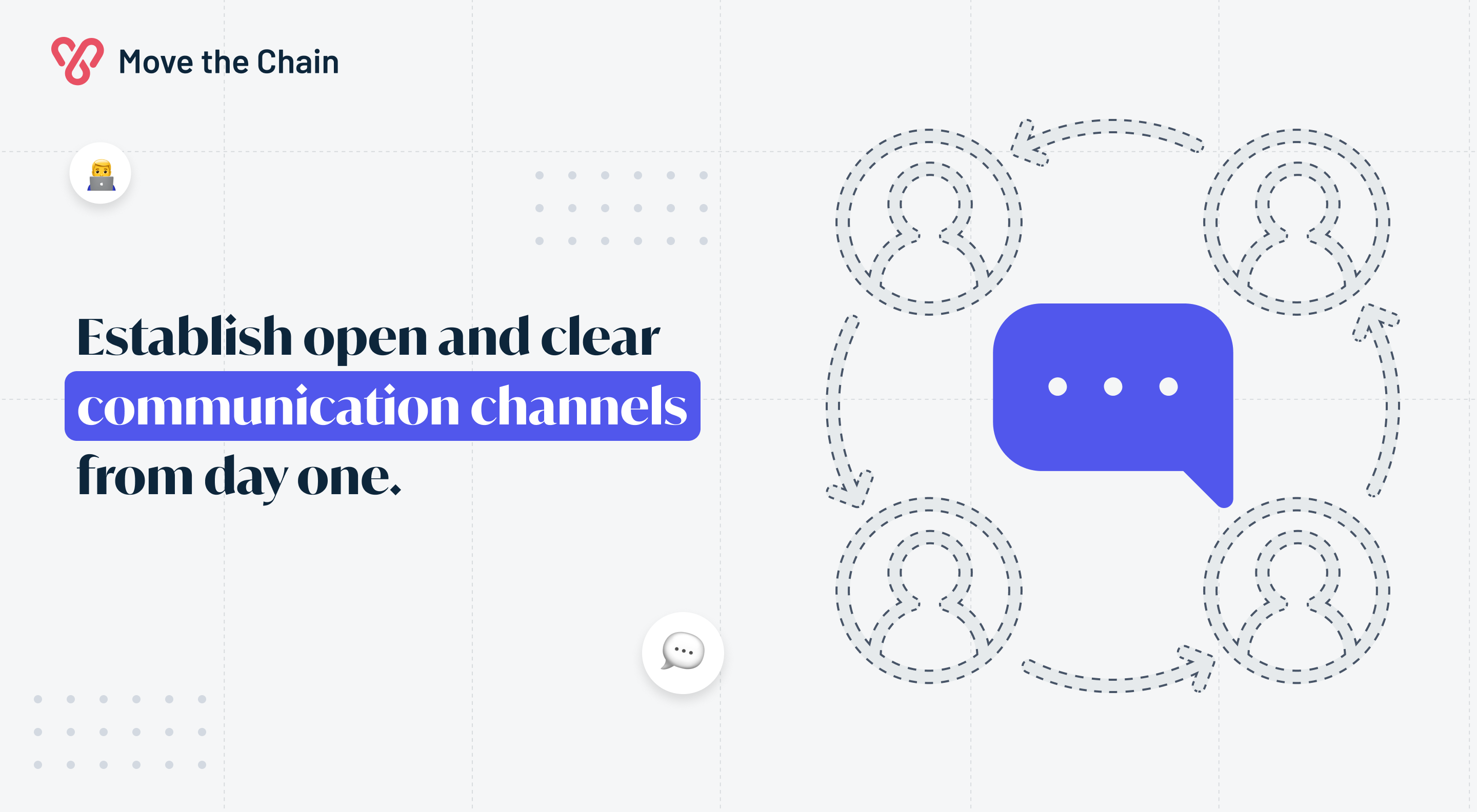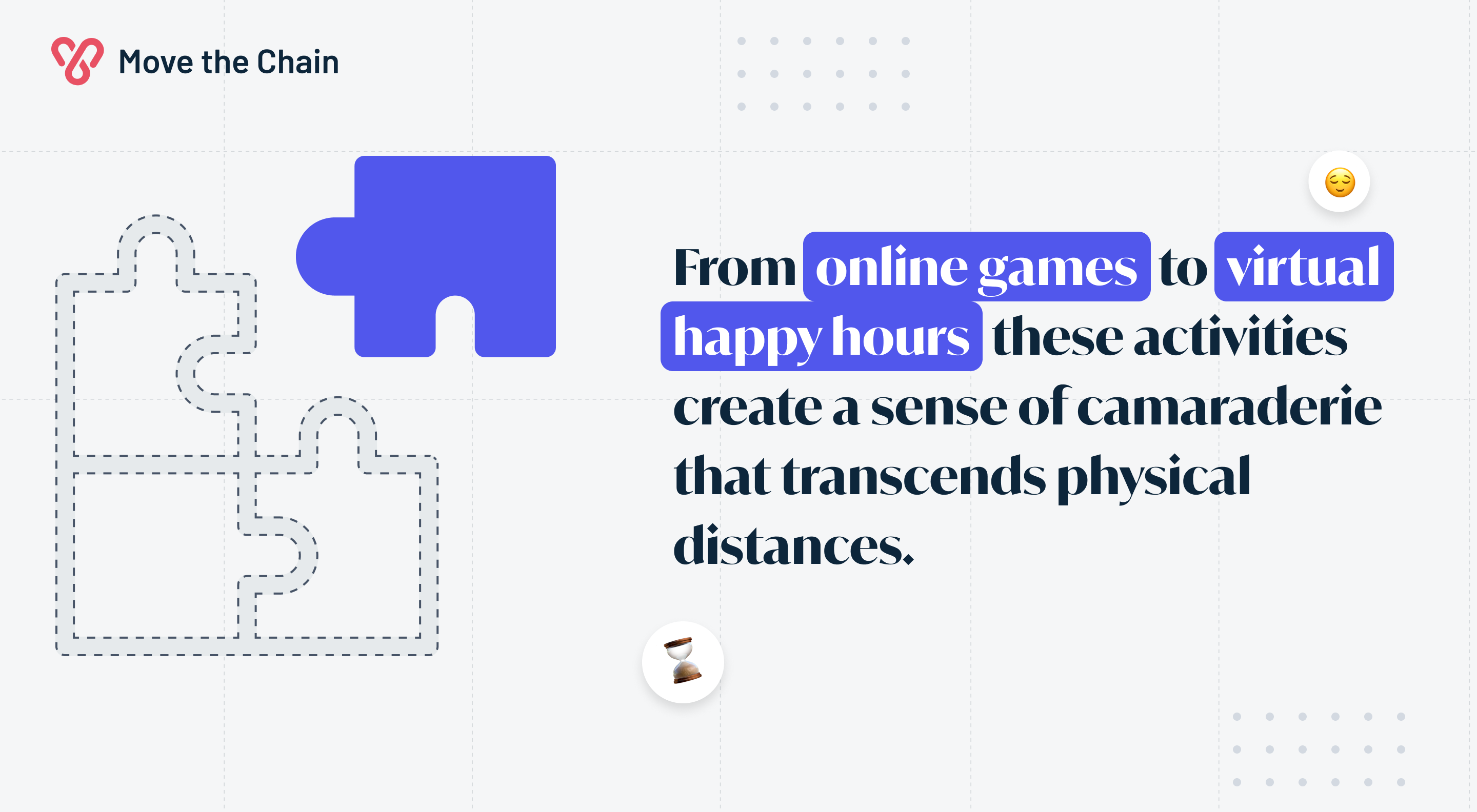Navigating the Hybrid Horizon: Mastering the Art of Effective Onboarding

Introduction:
The landscape of work has undergone a profound shift with the rise of hybrid employment models. As companies embrace the dynamic blend of in-office and remote work, the importance of effective onboarding for hybrid employees becomes paramount. In this article, we'll explore strategies and best practices to ensure a seamless onboarding experience that sets the stage for success in the hybrid work environment.
The Essence of Effective Onboarding:
Onboarding is not merely about introducing new hires to their roles; it's about fostering a sense of belonging, providing the necessary tools for success, and integrating them into the company's culture. For hybrid employees, this process takes on an added layer of complexity as the traditional office welcome is extended to virtual spaces.
Building a Virtual Welcome:
Virtual Welcome Kit: Send a comprehensive digital welcome kit that includes essential information about the company's values, mission, and culture. This package can also contain links to onboarding documents, virtual office tours, and introductory videos from key team members.
Personalized Virtual Introductions: Leverage technology to create personalized video introductions. Encourage team members to share short video messages, welcoming new hires and offering insights into their roles and experiences within the company.
Case Study: The Virtual Buddy System
One company implemented a virtual buddy system pairing new hires with experienced employees. Through virtual coffee chats, video check-ins, and shared virtual experiences, this initiative fostered meaningful connections, providing new employees with a support system that transcended physical locations.
Strategies for Effective Hybrid Onboarding:
Clear Communication Channels: Establish open and clear communication channels from day one. Utilize video conferencing tools for interactive onboarding sessions, creating a platform for questions, discussions, and relationship-building.

Hybrid Work Tools Training: Provide comprehensive training on the tools and technologies used for remote collaboration. Ensure new hires are proficient in video conferencing, project management platforms, and other communication tools critical for hybrid work.
Creating a Hybrid Culture of Inclusion:
Virtual Team-building Activities: Incorporate virtual team-building activities to strengthen the bonds between team members. From online games to virtual happy hours, these activities create a sense of camaraderie that transcends physical distances.
Inclusive Meetings and Updates: When conducting team meetings or updates, ensure that all team members, whether in-office or remote, have equal opportunities to contribute. Use inclusive practices such as rotating meeting times to accommodate different time zones.
Conclusion:
Effective onboarding for hybrid employees is not a one-size-fits-all approach; it's a dynamic process that adapts to the ever-evolving nature of work. By combining personalized virtual experiences, clear communication channels, and a commitment to building an inclusive culture, companies can empower their hybrid workforce for success. As we continue to embrace the future of work, let effective onboarding be the bridge that connects new employees to their roles, their teams, and the shared vision of the organization.
